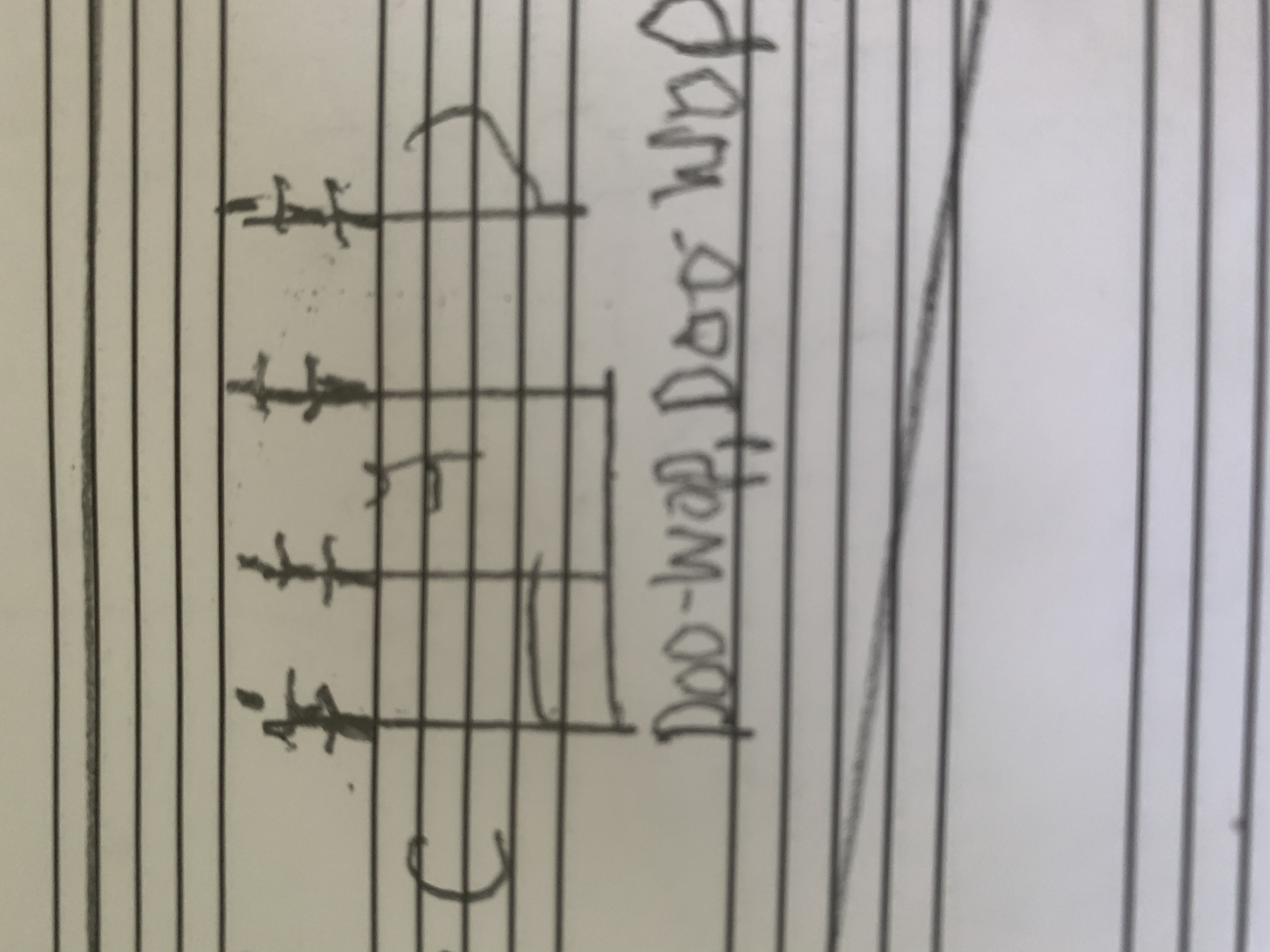
I never saw a Moor
I never saw the Sea
Yet know I how the Heather looks
Or what a Billow be
Those are opening verses of a poem by Emily Dickinson. I remember them from Junior High School and remember discussing them in class, line by line. At that moment in time, there seemed to be no one in class more detached from the subject matter at hand than I. As a ninth grader, my life consisted mostly in the pursuit of my musical studies. I thought,” What good would analyzing a stupid little poem do for an aspiring musician?”
A handful of years later, I was a composition major at the Eastman. Among the many skills needed to write original music, one needed to learn the idiosyncrasies of all sorts of musical instruments; among them, the human voice. I was, and always have been, taken by the quality of the voice.
As a composition major, besides just writing music, I was required to get these pieces performed. This included rounding up the musicians to perform them.
Since my minor was in saxophone, I had a number of friends in the woodwind and brass departments. So it was often no big deal to get them to perform a new piece. But, being that I was a shy guy, it was difficult to make friends outside my coterie of wind players. So, when by some stroke of luck, I was able to snag a voice major to perform, it was a major event for me.
When I wrote for the voice, part of my decision process was to choose poems to set. In the early going, the poems I chose were not very impressive unless some knowledgeable person chose them for me.There were occasions where I was passed over for performances and competitions because of my poor choice of poetry. I remember spending hours leafing through several volumes searching for verses that simply ‘flowed’ rather than those with heart, with some depth of meaning or ones speaking to the human condition.
Years later, I finally realized it might be a time for me to learn how to properly analyze poetry.
I read a few chapters in a book or two. My wife suggested we read a poem a day and talk about it. My slow transformation continued. I was becoming a more discriminating poetry lover.
I would thumb through page after page before arriving at a verse I deemed reasonably suitable.
I went through a phase where I favored lyrical poems; pretty poems, and, looking back, I realized these verses really didn’t have much substance.
Finally, there was a period when I avoided poetry altogether. I was at a dead end .
It wasn’t until the last few years I that began to realize that Emily Dickinson’s poetry had something to offer. What struck me about her poems were how economical they were. With relatively few words Dickinson’s poems could say so much. From the sights, sounds and feelings associated with a summer’s morning to one’s innermost thoughts of death…I was smitten!
She could, in my view, say more in a hyphen than many of her contemporary’s could say in a couplet. And ,at the same time, the poems had a certain flow to them.
An so, recently, I have set a half dozen of Emily Dickinson’s poems in a work entitled Finding Emily. It was one for the most satisfying composition projects I’ve ever been involved with. Finding Emily is available on request.
.
Here is a sound Sample:







